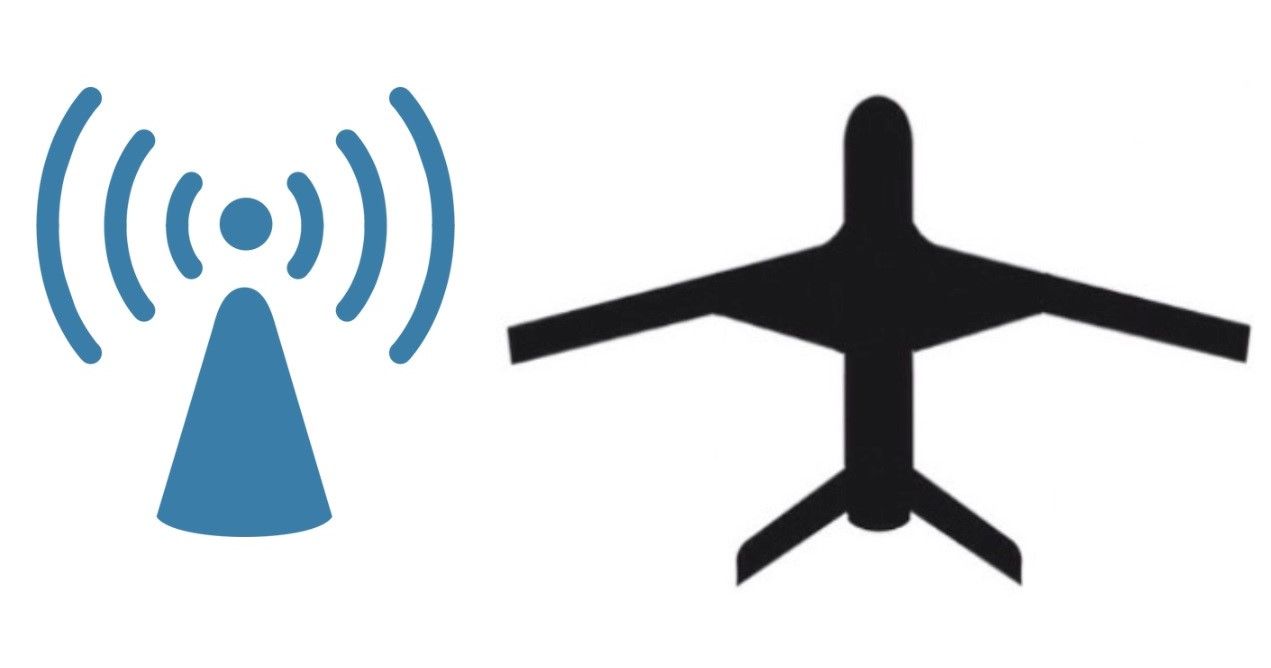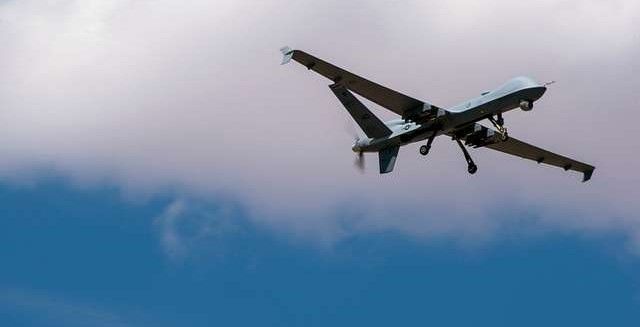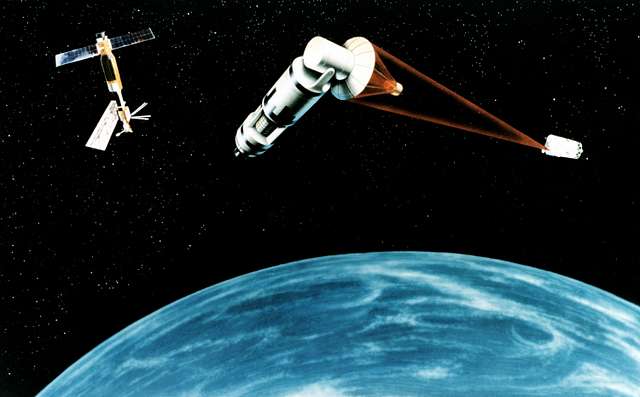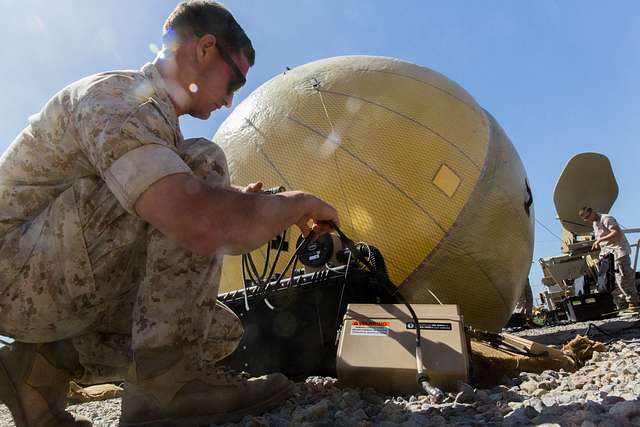Electronic Warfare and the Race for GPS-Free Drones
Discover how GPS-independent drones may be a game changer in modern warfare.

At the heart of the fighting in Ukraine has been drone and counter-drone combat. At the heart of drone and counter-drone combat is electronic warfare, where the ability to disrupt, confuse, and intercept enemy drones has become a crucial battleground.
One of the key approaches to misguiding an enemy drone is to block its access to satellite data. This renders the drone blind, as without GPS the drone no longer knows where it is, where it is flying to, or how to get there.
To counteract this vulnerability, defence technology firms are racing to develop drones that can navigate without relying on satellites.

Now a breakthrough in designing GPS-independent drones has been made with the development of a customizable software suite called Raptor. According to the arms industry journal Defense One, “The premise is to stitch together high-resolution satellite images of objects and terrain from different angles to create a three-dimensional map that aligns with a drone’s video feed. The map, which includes about 90 million sq. km. of terrain data, can be ingested into any uncrewed platform via the drone’s onboard camera.”
“Basically, by taking our satellite images and putting them together [we’ve created] a global 3D map,” explains Peter Wilczynski, the chief product officer at Maxar which has created the software. “GPS gives the drone a point, and it says, ‘Hey, you're here.’ We give the drone the map and it can look using its sensors to figure out where it is.”
During one test conducted in an active operational environment, Maxar claims that the “ground coordinates were accurate within 3 meters while under electronic attack.”
Related articles: Ukraine Unveils Long-Range Drone to Redefine Warfare or The Latest Military Drone Advances in Ukraine
This is a significant development, not only because of how advanced e-warfare defences have become, but also because of the threat posed by attacks to satellite systems.
In February 2024, US military intelligence warned Congress of a new threat posed by Russia deploying what CNN describes as, “a nuclear anti-satellite system in space.” Before adding that, “It was not immediately clear whether the intelligence referred to a nuclear-powered, anti-satellite capability or a nuclear-armed capability.” However military analysts believe that any, “anti-satellite weapon placed in orbit around Earth would pose a significant danger to US nuclear command and control satellites.”

More recently, in March 2025, reports were released on how, “Russia and China are aggressively testing new offensive space capabilities.” With US officials describing how they, “… watched multiple Russian satellites work together to surround and isolate another satellite that was positioned in low-Earth orbit, demonstrating how they could potentially target enemy spacecraft in a future conflict.”
GPS-dependent drones could instantly remove part of this threat and open the door to making other military hardware usable without satellite communication.
“That's important, because we've seen a lot of talk over the last year, specifically around concerns about a nuclear anti-satellite capability Russia could be putting into space that could make parts of space not usable for a period of time,” notes Clayton Swope, the deputy director for aerospace at the Center for Strategic and International Studies. “That could threaten access to satellites and call for a need to have other services that are not necessarily reliant on space to provide [positioning, navigation, and timing].”
By creating a GPS-independent drone, military chiefs can conduct operations with increased confidence. It also allows smaller nations to fly drone missions without the permission of countries operating the satellite system. For example, until the EU developed its own Global Navigation Satellite System (GNSS), called Galileo, it had been reliant on US satellite communications systems. Similarly, Ukrainian forces are dependent on Elon Musk’s Starlink satellite service for secure military communication and GPS system target locating for drone, missile, and artillery attacks.
It also opens up a new avenue for developing more complex drone attack systems, such as, according to Wilczynski, “autonomous swarming, coordinating missions—making sure you're able to fly to where you want to go and doing it in a way where you can fly at really low altitude and fly at night.”

To ensure that troops are prepared even in the absence of internet connection, the US Defence Department has already been searching for technologies that do not depend on satellites or other space-based capabilities.
The development of drones which can operate without GPS support means that military drones could, according to Swope, “… operate in an environment where you don't even have access to space, you don't have access to satellites. You're in a GPS-jammed or spoofed environment and you could potentially have another way to gain access to that positioning and navigation information.”
Given the military threat to satellites and even the civilian dependency on internet systems, any advance that makes us less GPS-dependent should be embraced. Moreover, as military technology evolves, the race to advance electronic warfare is accelerating, meaning that GPS-independent drones are not just an uncrewed aircraft breakthrough—they may shape the future of autonomous warfare worldwide.
Photo credit: Picryl, Picryl, Publicdomainvectors, Wikimedia, & Nara

